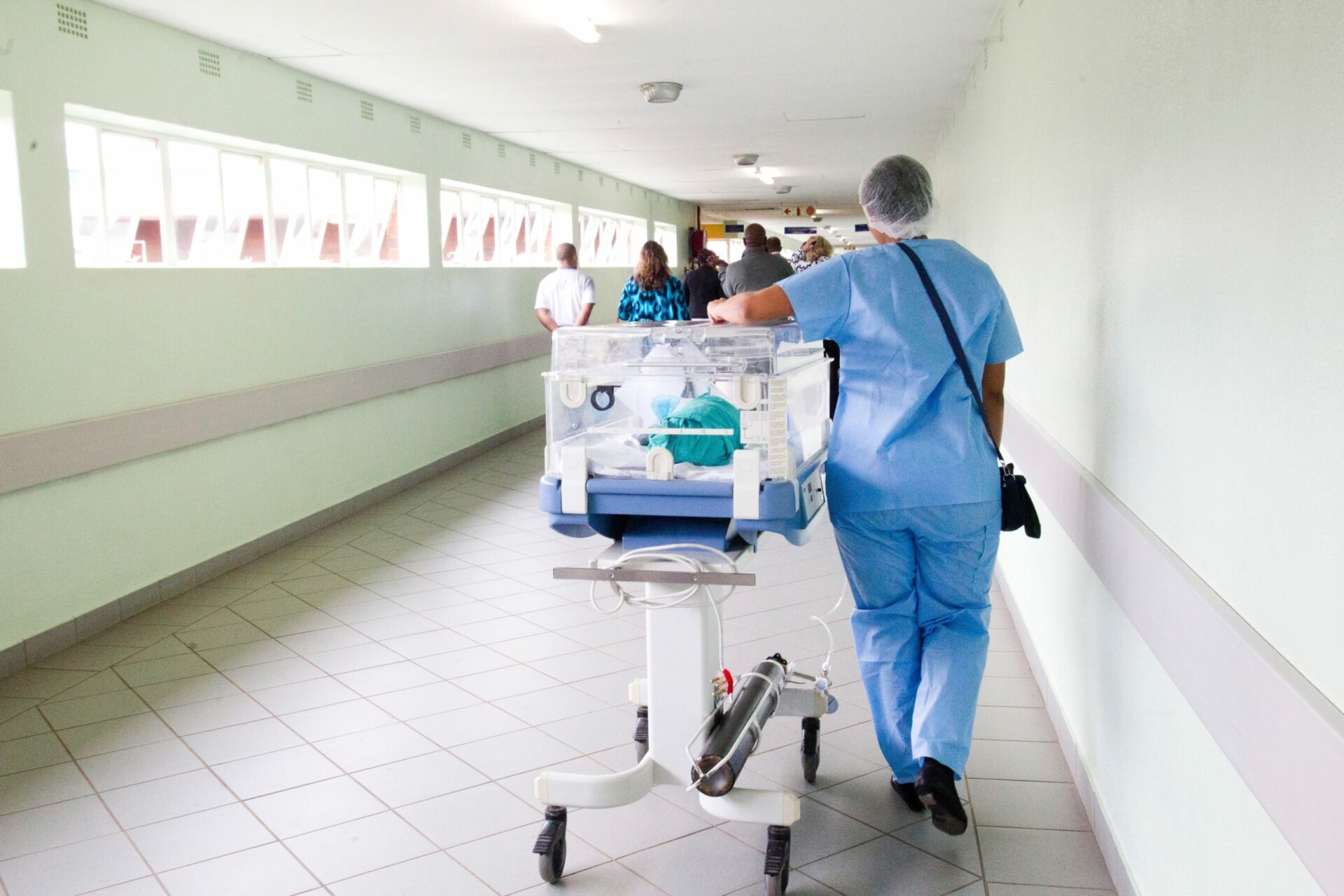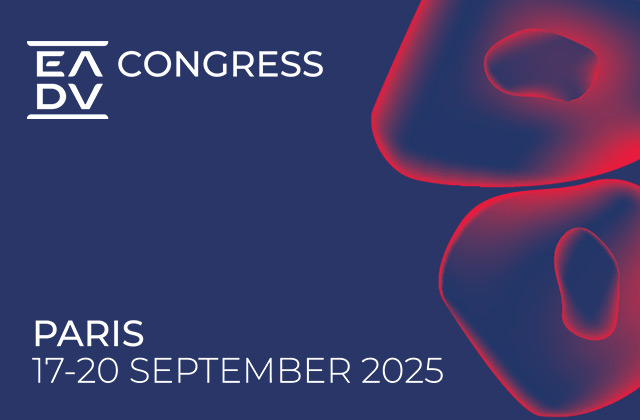
Part III in a Series on Rare Diseases
In parts I and II of this series, we provided an overview of the special commercial challenges associated with rare disease (RD) therapies, and we took a deeper dive into one of the most obvious: Finding patients. In this installment, we explore rare disease Centers of Excellence (COEs) and reference networks.
In rare diseases, COEs and reference networks can be highly valuable for physicians, as well as life-saving for patients. Without them, physicians have extremely limited options for accessing specialized knowledge and expertise, and more patients are likely to be “lost” in the system, not receiving the high-quality care they badly need.
Likewise, without COEs and reference networks, pharmaceutical companies are at a distinct disadvantage trying to get therapies to patients. Therefore, they should factor heavily in the commercial strategy for any RD product.
Centers of Excellence and Reference Networks: Definition and Benefits
As noted previously in this series, RD patients often face significant obstacles on their journeys to diagnosis and treatment. Primary care physicians have limited (or no) familiarity with a patient’s condition, and often refer the patient to a specialist after being unable to make a diagnosis.
Too often, even specialists are unable to help as they are unfamiliar with a particular rare disease. Also, with many rare diseases, neither reliable diagnostic tools nor clear treatment paradigms have been developed. As a result, patients can go many years without proper diagnosis or treatment. The COE and reference network concepts have been established to address this situation.
Centers of Excellence
In broad terms, COEs are physical expert structures that combine and coordinate a wide range of services to provide multidisciplinary expertise and specialized care for patients suffering from a given rare disease (or a related group of diseases). A COE acts as a locus of knowledge, research, treatment, and services in the disease state. COEs often serve a given “catchment area” on a regional, national, or international level.
One key attribute of COEs is that they provide a multidisciplinary perspective and care. Providing proper treatment in rare and complex diseases typically requires a diverse range of expertise. COEs bring these resources together, including:
- Disease experts, clinicians, and nurses
- Diagnostic experts
- Researchers
- Genetic counselors
- Social services
- Patient advocates
While there are no universal standards for what makes a rare disease COE, various groups and agencies have developed standards or guidelines. For example, the UK Plan for Rare Diseases outlines a range of characteristics that COEs should have. These include:
- Coordinated care
- Adequate caseload for expertise
- Not dependent on a single clinician
- Able to transition from children’s to adult’s services
- Actively engaged in research1
The European Union Committee of Experts on Rare Diseases (EUCERD) issued a more robust and detailed set of recommendations that follow the same line of thinking2. In addition, patient advocacy groups will sometimes develop guidelines for COEs in the diseases on which they focus.
Incidentally, EUCERD (now the EU Commission Expert Group on Rare Diseases), in collaboration EURODIS, has mandated that EU member states generate national action plans for creating rare disease “Centres of Expertise” throughout the continent. As a result, a growing number of COEs are being established. Currently, there is no parallel effort in the United States.
European Reference Networks (ERNs)
More recently, the European Commission has launched the formation of ERNs for rare and complex diseases. ERNs are “virtual networks involving healthcare providers across Europe. They aim to tackle complex or rare diseases and conditions that require highly specialized treatment and concentration of knowledge and resources.”3 The concept is similar to COEs but is more focused on networking together experts across a wide area, rather than physically co-locating them. An ERN is basically a linked supranational network of COEs.
The first ERNs were launched in March of 2017. At their inception, the networks comprised more than 900 specialized healthcare units located in 313 hospitals across 25 member states (plus Norway).4 The 24 ERNs work across a range of disease areas or themes, including bone disorders, neuromuscular diseases, rare adult cancers, pediatric cancers, and others.5
These networks share information, convene virtual advisory boards of medical specialists across different disciplines, and work to provide patients with the best care possible. A dedicated information technology (IT) platform and telemedicine tools are key to helping the ERNs operate.6
Importance to Biopharmaceutical Companies
It’s clear that COEs and reference networks are beneficial to patients and the physicians who treat them. But what about the biopharmaceutical companies who produce RD therapies?
COEs and reference networks can play a critical role in successful RD product commercialization. For one, they are vital in identifying patients and in securing proper diagnoses. They act as referral centers for patients at the end of the patient funnel.
COEs house key opinion leaders and become key points of contact for the company, housing a range of brand advocates and champions (assuming the company interacts with the COEs in a helpful and value-added manner). As long as the relationships are managed properly, COEs can become a company’s hubs for R&D and commercial activities.
Currently, there is no formal way for a company to interact with the ERNs. However, legal entities are being set up to provide companies with a potential entry point to interact with the ERNs in the future.7 This will provide an important future opportunity for biopharmaceutical companies to engage with the network of COEs as part of the ERNs.
Building a COE Strategy
Any RD product team should factor COEs into its commercial strategy. Doing that effectively requires a disciplined process, combined with some creativity.
Understand Existing COEs and Networks
When developing a COE strategy, planners must first understand the existing COEs and associated networks in the disease area. To develop this understanding, pharma companies must ask and answer a range of key questions, including:
- Who are the key experts in the rare disease?
- Where is the existing expertise located?
- What COEs, treatment centers, or ERNs currently exist for the disease?
- What existing COEs could integrate the rare disease?
- What are the existing standards defining COEs?
- What are the gaps (geographic, expertise, or otherwise)?
- What are the referring specialties and is a referral network established?
- What is the competitive situation?
The key methods and tools for answering these questions can include:
- Key Opinion Leader (KOL) mapping will identify the relevant experts in the field.
- Geographic expertise mapping will show the geographic distribution of the relevant research, clinical, and disease experts.
- COE maps and capability analyses will show where existing COEs are located, as well as their relative strengths and weaknesses. This effort can also identify prospecti or developing COEs.
- A gap analysis will outline the difference between the status quo and an optimal / efficient network of COEs for the disease.
- A competitive analysis will expose how other companies are engaging with or leveraging the relevant networks.
Develop the COE Blueprint for the Disease
For a given disease state, the COE blueprint can include a wide range of strategies and tactics, depending on the situation. In most cases, it involves determining the best way to engage with existing KOLs and leverage existing COEs (or networks such as ERNs).
When engaging with existing COEs, it’s vital that the pharmaceutical company develop strong relationships based on providing value and building trust. A very effective way to engage is by providing early and favorable clinical experience, and by involving the COE in pivotal clinical trials, EAPs (early access programs), advisory boards, and other key strategic initiatives.
There is a range of other things that a pharmaceutical company can do in coordination with KOLs and COEs, as long as they add value and are geared toward helping the centers provide better patient care. Research grants, preceptorships, speaker programs, educational materials and tools, and so on are all possible. It really depends on what a COE needs and how creative the company can be in helping meet those needs.
Sometimes, there may not be any existing COEs, or the existing COE network may not be robust. In those cases, the pharmaceutical company may want to help create a COE or help improve a network to fill significant gaps. This is harder to do.
There have been examples where companies have driven the generation of COEs from scratch by working with specific doctors early in their careers, helping them to focus on a specific RD, supporting their research efforts, and so on. In today’s environment, this is obviously more challenging than in the past, but there are things pharmaceutical companies can do by coordinating with the right KOLs, patient advocacy groups, and others. These “from scratch” initiatives typically require pilot-level implementation first, then expansion to a larger scale after various gaps and issues are addressed.
For example, Shire and Genzyme have successfully established a global network of COEs for their enzyme replacement therapies. These COEs specialize in rare genetic enzyme storage diseases such as Hunter Syndrome, Fabry, Gaucher, and Pompé disease. To illustrate, an overview of the related German network for metabolic diseases can be viewed here. Villa Metabolica, a medical diagnostic imaging center in Mainz, provides an excellent example of a COE in this network.
The European Reference Networks (ERNs) mentioned above are essentially linked COEs. They should also be addressed in any COE blueprint. At the moment, industry involvement is not being encouraged. However, as stated earlier, that may change as time passes. In the end, the pharmaceutical industry and the ERNs are working toward the same goal: Better patient care. Aligning the efforts of the two, in the appropriate ways, would be a positive thing.
Conclusion
Clearly, COEs and ERNs can provide tremendous benefits to rare disease patients. They link clinicians and others to share knowledge and best practices, advance diagnostic and treatment tools and methods, and improve patient care. COEs and ERNS are also critical to biopharmaceutical companies operating in rare diseases. It’s imperative that those companies fully understand the COE / ERN environment in their disease areas, and have clear plans for engaging effectively.
Notes:
- org, Leveraging a Rare Disease Center of Excellence, Available at https://globalgenes.org/toolkits/centerexcellence/a-rose-by-any-other-name/, accessed 29 May 2018
- EUCERD, Quality Criteria for Centres of Expertise for Rare Diseases in Member States, October 2011, Available at http://www.eucerd.eu/?post_type=document&p=1224, accessed 29 May 2018
- European Commission, European Reference Networks: Working for patients with rare, low-prevalence and complex diseases, 2017, p. 6
- Ibid
- Ibid, Table of Contents
- Ibid, p. 6.
- Personal communication with the author, ECRD Vienna, 2018






